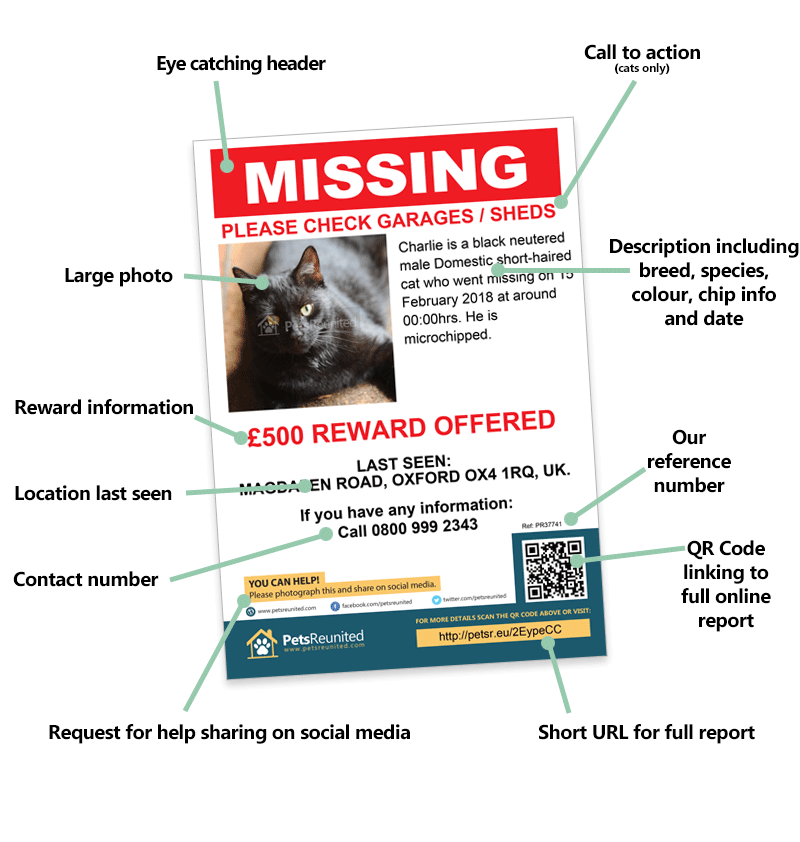📖 Table of Content:
Losing a beloved cat is a distressing and emotional experience that no pet owner wants to face. Whether your curious cat slipped out the door or ran off after an exciting distraction, the panic and worry can be overwhelming. Taking swift action is crucial to increasing the chances of a quick reunion.
Kittens and adult cats alike have a tendency to wander off when their curiosity gets the best of them, often leaving owners anxious and unsure of what steps to take. It’s important to stay calm and think strategically, as cats are more likely to return if the right steps are taken. With the right approach, finding a lost cat becomes a more manageable task.
There are several tried-and-true methods that can help increase the likelihood of locating a missing feline. From searching specific areas to reaching out for help, knowing what to do can make all the difference. The following tips will guide you through the process of tracking down your lost cat as efficiently as possible.
1. Search Your Home Thoroughly
Start by searching your entire home, even places you think your cat might not fit. Cats are known for finding odd spots to hide, like behind the washing machine or inside a reclined couch.
Be thorough in your search, checking inside every closet, drawer, and storage space. Cats can easily slip into the smallest spaces if they’re frightened or exploring.
Be patient and listen for any faint meows or scratching. Sometimes, a lost cat is just a scared cat hiding in a familiar space, waiting for a calm moment to emerge.
2. Create Eye-Catching Flyers
Design bright, attention-grabbing flyers to post around your neighborhood. Include a clear, recent photo of your cat, along with her name, your contact information, and any distinctive features she may have.
A reward offer can also incentivize others to join your search. Make sure the text is large and easy to read from a distance.
Distribute these flyers at local veterinary clinics, pet stores, and community centers. The more people who see your flyer, the higher the chance someone will spot your cat and help bring her home.
3. Use Social Media and Online Platforms
Harness the power of social media to spread the word about your missing cat. Post on local groups, pet recovery pages, and neighborhood apps.
Include a clear photo and a heartfelt message urging others to be on the lookout. The internet can connect you with a vast network of animal lovers and community members ready to help.
Regularly update your posts with any new information or sightings. This keeps the search active and increases the likelihood of finding your cat quickly.
4. Set Up a Humane Trap
If your cat is hiding nearby, a humane trap can be an effective way to bring her home. Set it up in a quiet, safe area with her favorite food and bedding inside.
Check the trap regularly and ensure it’s protected from the weather and other animals. Humane traps allow your cat to enter without harm and can be a gentle way to coax her out of hiding.
You can often rent these traps from local animal shelters or purchase them at pet supply stores. This method is especially useful for skittish cats.
5. Alert Local Animal Shelters
Contact nearby animal shelters and provide them with a detailed description of your cat, including any unique markings or behaviors.
Shelters often have many cats coming in, so frequent check-ins can ensure your cat doesn’t get overlooked. Sometimes your cat may be picked up by a kind stranger and brought to a shelter.
Leave your contact details and ask to be notified if a cat matching your description arrives. Being proactive with shelters can be a crucial step in your search.
6. Check Local Lost and Found
Visit local lost and found boards, both physical and online, to see if someone has found your cat. Many communities have designated areas for posting lost pet notices.
You might also find helpful contacts who have seen or are holding a cat fitting your description.
Engaging with these community resources enhances your chances of finding your feline friend. Keep checking back regularly, as new information can surface any time.
7. Conduct a Neighborhood Search
Gather family, friends, and neighbors to conduct a search around your neighborhood. Cats often stay hidden nearby, particularly in areas they know well.
Walk around during different times of the day, as cats may come out of hiding when it’s quieter. Use a gentle voice to call your cat’s name and shake a familiar treat bag to lure her out.
The combined effort of several people increases the chances of spotting your cat. Community support can sometimes lead to quicker reunions when your cat is just around the corner.







